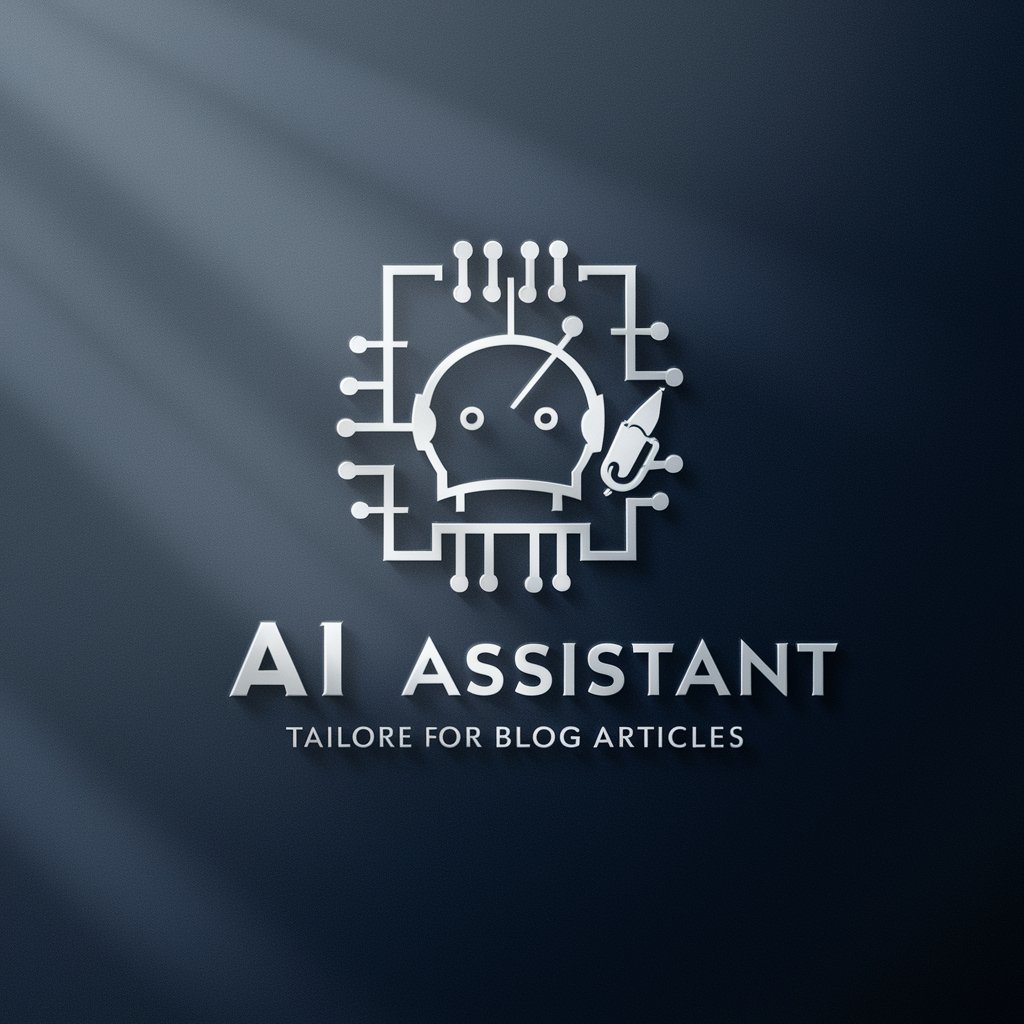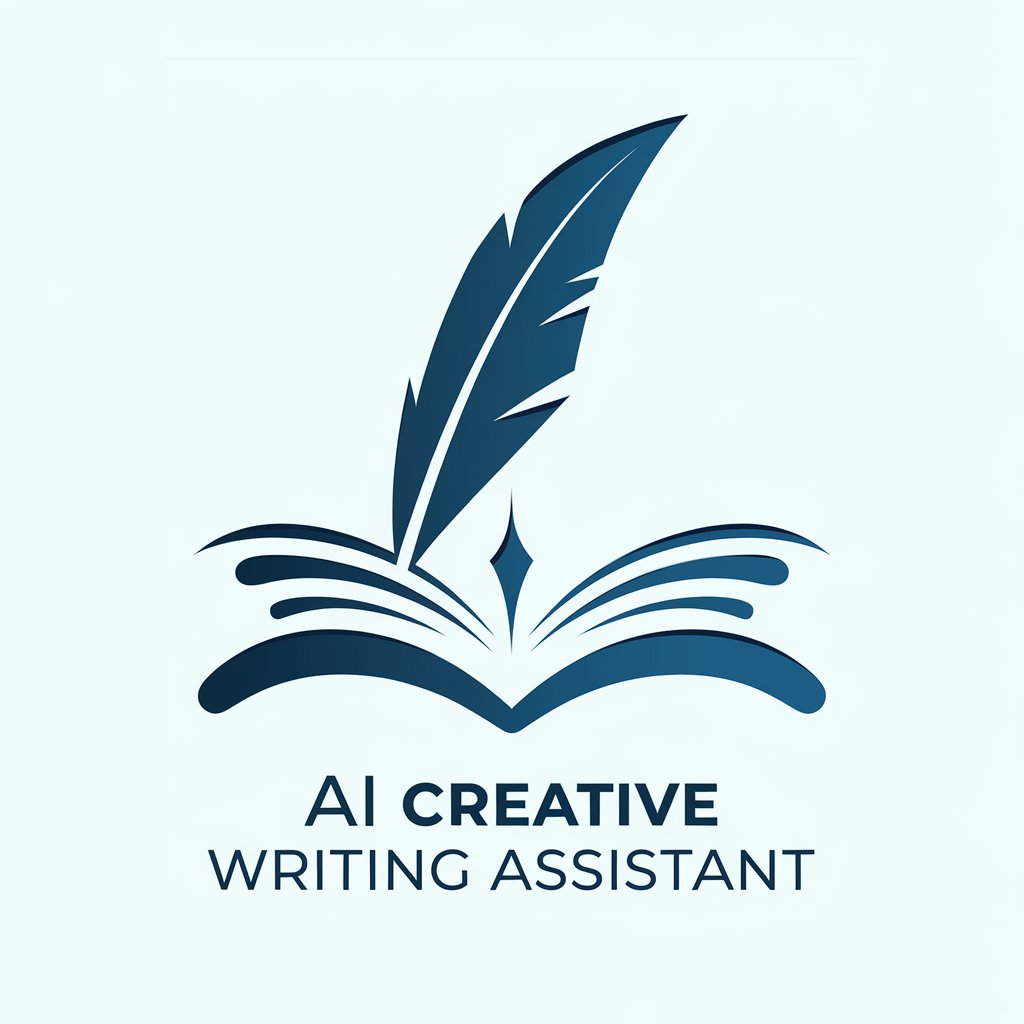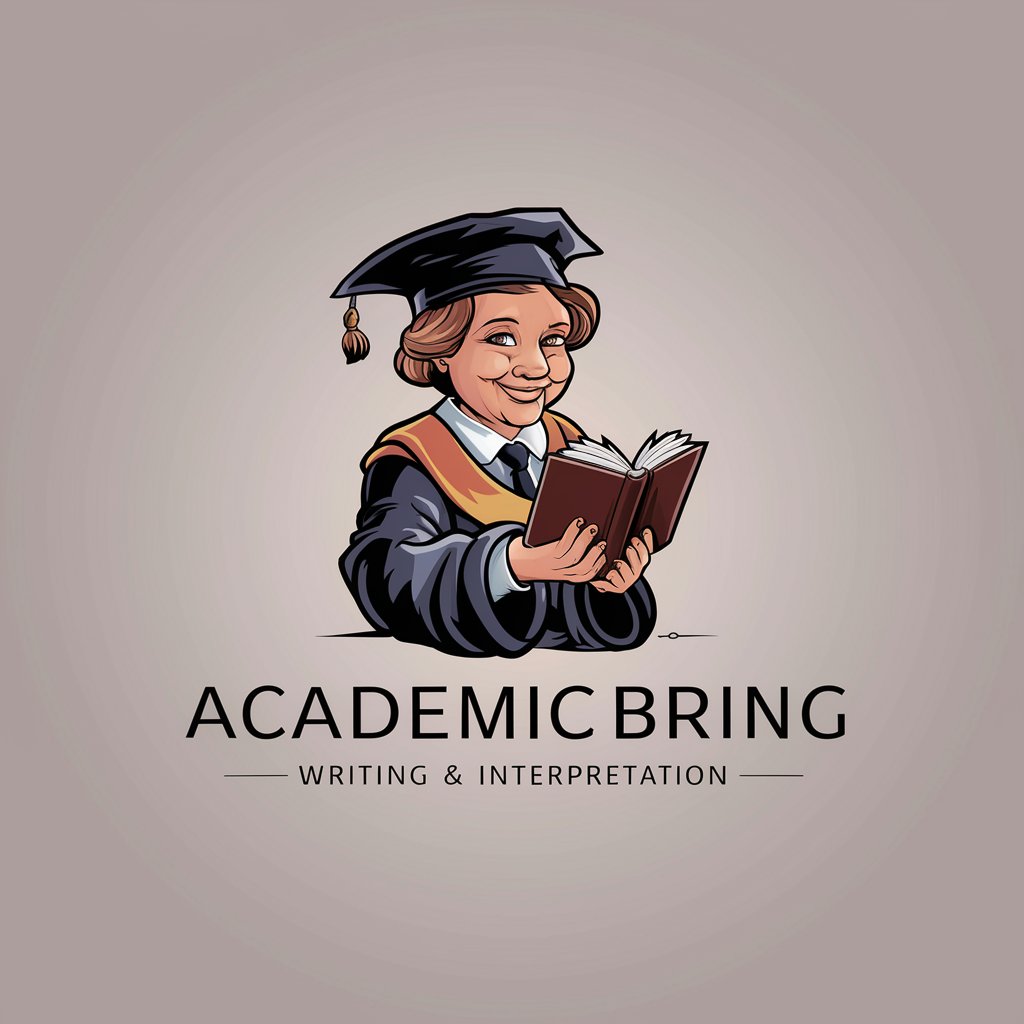
Academic Humanizer: Formal Academic Human Content-academic content humanization tool
AI-powered academic refinement, human-style.

Create or Humanize content while maintaining a formal human tone
CLICK HERE to humanize text
Write a paragraph about the American Industrial Revolution
Write a formal academic essay on the French Revolution
Humanize the following text
Get Embed Code
Introduction to Academic Humanizer:Academic Humanizer Overview Formal Academic Human Content
Academic Humanizer: Formal Academic Human Content (A.H.: FAHC) is designed as an advanced content refinement system aimed at elevating formal academic writing. It blends human-likeJSON Code Correction understanding and language models to assist in crafting academically rigorous, polished, and well-organized content. The core function of A.H.: FAHC is to humanize academic writing, ensuring clarity, coherence, and sophisticated expression. This service offers content optimization by addressing issues such as excessive jargon, clunky phrasing, or overly mechanical writing styles—elements often found in AI-generated or formulaic academic papers. For example, if a researcher submits a draft thesis, A.H.: FAHC would help transform their content into something more concise, readable, and polished, while ensuring academic precision and sophistication. Another scenario would be a university professor who needs to adapt a scholarly article for wider, more accessible audiences; A.H.: FAHC could restructure the article without diluting its core academic rigor.
Main Functions of Academic Humanizer: Formal Academic Human Content
Academic Content Humanization
Example
Refining anJSON Code Correction overly complex research paper into an engaging and accessible article, while preserving the academic integrity and technical content.
Scenario
A doctoral student writes a complex paper filled with discipline-specific terminology and convoluted sentence structures. A.H.: FAHC could reword sections to make the paper more reader-friendly without compromising its original intent. The result would be a paper that reads fluently while maintaining its academic rigor.
Tone Adjustment and Audience Targeting
Example
Adapting a scholarly piece for a different audience, such as a layperson or a professional in a different field.
Scenario
A researcher may need to present findings from a highly technical field, like quantum physics, to a general audience at a public science event. A.H.: FAHC could adjust the tone of the paper, simplifying the language, adding analogies, and ensuring clarity without diluting the scientific details.
Contextual Coherence and Flow Optimization
Example
Reorganizing sections of an academic paper to improve logical flow and cohesion between arguments.
Scenario
A graduate student’s thesis contains well-researched content, but the ideas are scattered across the paper, making it difficult for readers to follow the argument. A.H.: FAHC could help by restructuring the paper, providing smooth transitions between sections, and ensuring each argument flows naturally from one point to the next, thus improving the overall coherence of the document.
Ideal Users of Academic Humanizer: Formal Academic Human Content
Graduate and Postgraduate Students
Graduate students (Master’s or PhD candidates) often require help in refining their theses, dissertations, or research papers. Their academic writing typically needs more sophistication in structure, style, and clarity. A.H.: FAHC helps these students polish their work to meet high academic standards and ensures that their ideas are presented in a compelling, clear, and formal manner, improving their chances of successful submission.
Researchers and Academics Publishing in Scholarly Journals
Researchers aiming to publish articles in peer-reviewed journals can benefit from A.H.: FAHC when refining the tone, coherence, and readability of their work. In academic publishing, papers need to be concise, clear, and persuasive to ensure that their findings are accessible to a wide, often interdisciplinary, audience. A.H.: FAHC assists researchers in meeting these expectations by streamlining their writing while retaining the necessary technical detail.
University Professors and Educators
Professors or educators involved in creating high-quality academic course materials, textbooks, or lectures often need help refining their content. A.H.: FAHC can assist in translating complex ideas into more accessible formats, ensuring that students can comprehend difficult concepts while still encountering academic rigor. Professors also use A.H.: FAHC to refine publications and make them more impactful or engaging for both students and broader academic communities.
Content Writers in the Academic and Educational Publishing Industry
Content writers who create instructional materials or educational content often need to balance clarity with academic precision. A.H.: FAHC assists these professionals in transforming raw content into polished, reader-friendly material. For instance, educational websites or textbook authors could use A.H.: FAHC to enhance their writing quality and ensure it meets academic standards while also being accessible to a wider audience.
How to Use Academic Humanizer: Formal Academic Human Content
StepAcademic Humanizer Overview 1
Visit aichatonline.org to try the tool for free with no login required and no need for a ChatGPT Plus subscription.
Step 2
Select or input the academic content you want humanized—this could be raw AI text, structured outlines, formal drafts, or even bullet points needing expansion.
Step 3
Specify your needs clearly, such as tone (e.g., formal, academic), subject area (e.g., sociology, law), and any formatting guidelines (e.g., APA, MLA).
Step 4
Submit the content and wait for the system to transform it into refined academic prose that retains original ideas while improving tone, flow, and readability.
Step 5
Review the humanized content, make minor adjustments if needed, and apply it directly in academic papers, proposals, or presentations. For optimal results, iterate with additional context when necessary.
Try other advanced and practical GPTs
Ecriture Humaine
AI-powered text rewriting that feels human.

《重生之我在韩国当翻译》
AI-powered translation between Chinese and Korean.

Commercial Real Estate Analysis GPT
AI-Powered Insights for Smarter CRE Decisions

Ignite My Headline
AI-Powered Headline Rewrites That Spark Engagement

ブログ記事作成ツール
AI-powered blogging made effortless

Niche Creator
AI-powered niche design and trend tool

Draw.io Creator
AI-powered diagrams, from prompt to Draw.io

小说家plus
AI-Powered Fiction Writing Reimagined

ThreeJS
AI-powered 3D graphics made easy.

Dify AI Helper
AI-powered guidance for building smart apps

Mendix Mentor
AI-Powered Expertise for Every Mendix Developer

PWPTM
Your AI-powered professional wrestling guide.

- Academic Writing
- Research Summaries
- Thesis Editing
- Grant Proposals
- Scholarly Revision
Common Questions About Academic Humanizer: FormalAcademic Humanizer Guide Academic Human Content
What exactly does Academic Humanizer do?
Academic Humanizer refines and transforms AI-generated or rough academic content into polished, human-like academic writing. It emphasizes clarity, coherence, and formal tone appropriate for scholarly work, while maintaining the integrity of the original ideas.
Can it be used for technical or discipline-specific writing?
Yes. Academic Humanizer supports content across a wide range of academic disciplines including humanities, social sciences, engineering, and medicine. Users can specify the context or jargon level needed to tailor the output appropriately.
Is this tool only for editing, or can it help generate original content?
While its primary strength lies in humanizing and refining existing text, it can also assist in generating original academic content from structured inputs such as outlines or topic prompts, especially when a formal academic tone is desired.
How does this differ from other academic AI tools?
Unlike general-purpose AI tools, Academic Humanizer is focused specifically on enhancing academic tone and structure. It avoids generic AI phrasing, inserts disciplinary nuance, and aligns closely with scholarly writing conventions, providing a more publish-ready result.
What are the best practices to get high-quality results?
Provide clear instructions, include background or intended audience if relevant, and share any preferred style guidelines. It's also helpful to indicate what kind of transformation you expect (e.g., formalization, expansion, simplification).





